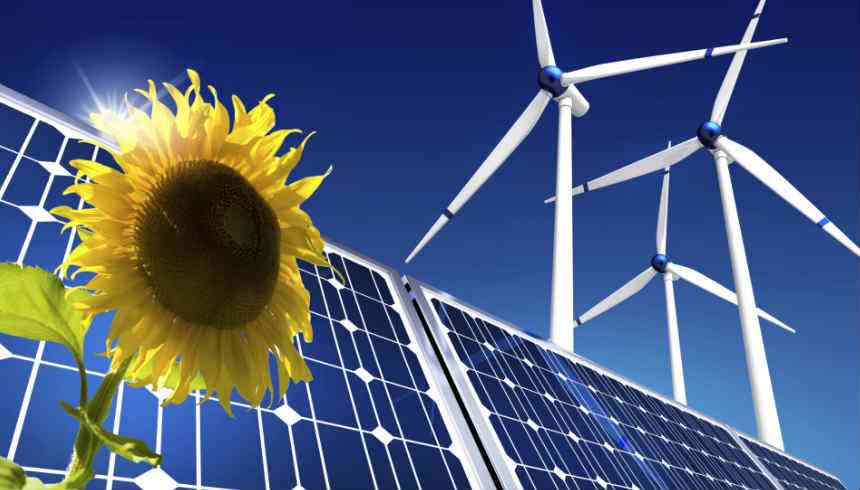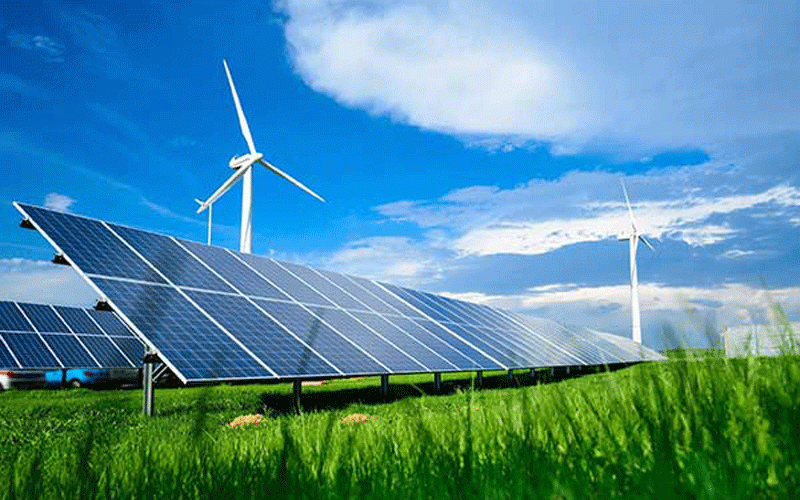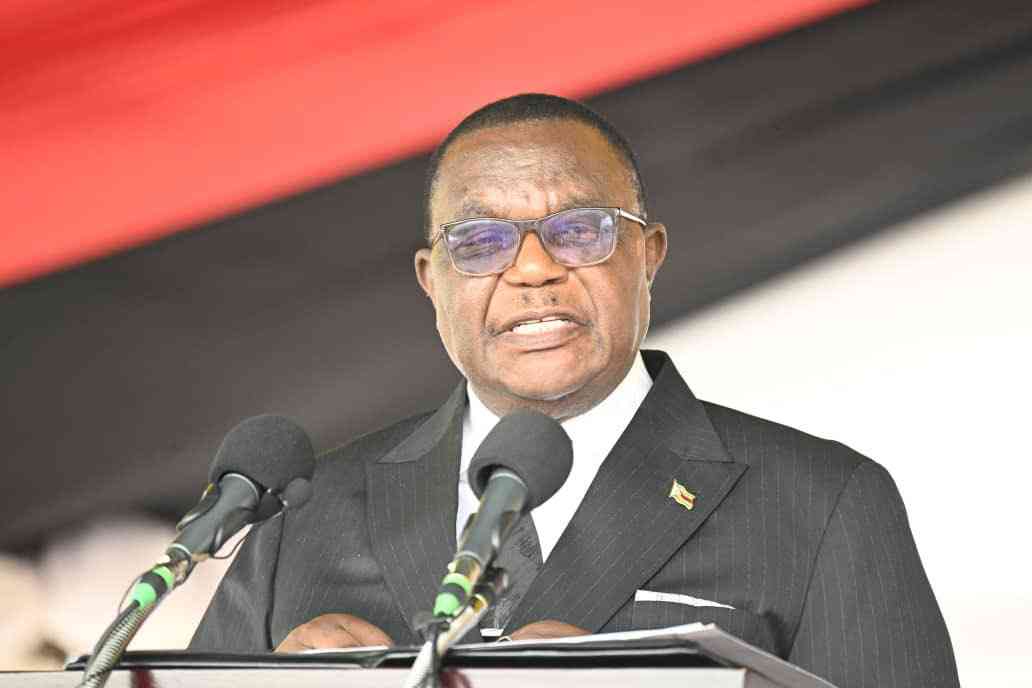
A recent energy efficiency study has revealed that most local production processes were energy inefficient and thus require the adoption of renewable energy, it has been revealed.
In its November 2023 newsletter, the Zimbabwe National Chamber of Commerce (ZNCC) revealed that Cedic and the Zimbabwe Energy Regulatory Authority (ZERA) undertook industry studies on energy efficiency.
The results of that study revealed that most production processes were inefficient in terms of energy use at a time when the country has a renewable energy potential of 1 872 megawatts (MW).
Studies show that Zimbabwe’s top renewable energy sources are solar, wind, geothermal, small hydropower stations, and biomass as well as biofuels.
“Cedic and the Zimbabwe Energy Regulatory Authority (ZERA) undertook industry studies on energy efficiency and it was noted that most production processes were inefficient in terms of energy use,” ZNCC said.
“However, most of the surveyed firms made commitments to adopt new and energy efficient technologies and also invest in renewable energy, and supply the excess into the national grid.”
ZNCC said companies like Schweppes (1 MW), Murowa (5 MW), and Zimasco were among the independent power producers supplying excess energy into the national grid and have upgraded their systems.
“In terms of regulation, for any new high and intensive energy-using production process, the Ministry of Energy and Power Development has compelled such investments to include renewable energy projects such as solar power plants on rooftops to support the industry’s power requirements rather than solely relying on the national grid,” ZNCC added.
- Renewables steal limelight in French polls
- Why we do what we do at AMH: Mafukidze
- Why we do what we do at AMH: Mafukidze
- News in depth: Zimbabwe’s push for shift to renewable energy sources gathers momentum
Keep Reading
“The Bulawayo City has made strides to transform waste into energy and in the same process, reduce GHG emissions. Some projects also involve generating power from biogas and the forestry commission is upscaling efforts to expand the current base of indigenous plantations.”
ZNCC said one of the critical issues was tobacco curing in which case Zimbabwe has been relying on coal and wood.
ZNCC added that the energy efficiency in industry project sought to establish greener and cleaner industries that involved replacing the old ones entirely.
“Thus, Zimbabwe should seek support to expedite the transfer of new technology after undergoing an industry technology needs assessment,” ZNCC continued.
“This is part of the discourse highlighted within the Regional Value Chain study to support the implementation of the African Continental Free Trade Area. The nitrous oxide (N2O) abatement project at Sable Chemicals is being funded by Germany with the aim of separating N2O before releasing it into the atmosphere.”
The African Development Bank’s (AfDB) President Akinwumi Adesina called on African business leaders to take advantage of investment opportunities in Africa and decarbonise their industries more quicky during the COP28 global climate conference.
He was speaking in a session organised by the United Nations Global Compact and the Africa Business Leaders Coalition (ABLC) on ‘Driving Accountable and Actionable Climate Solutions in Africa’.
COP28, the 2023 United Nations Climate Change Conference, began on November 30 and will run until December 12 next week in Dubai, a city in the United Arab Emirates.
“Africa is a very reliable destination for investment,” Adesina said.
He said this since the continent had a “dominant position in terms of green metals, the critical metals that will support storage and energy systems.”
According to AfDB, the continent also has a green hydrogen market that is set to increase from around US$5 billion in 2022 to US$134 billion in 2032.
Meanwhile, the electric vehicles market estimated to reach US$7 trillion by 2050, and manufacturing capacity for non-lithium-ion batteries that is three times less expensive in Africa than in the United States, Poland or China.
“We have 11 terawatts of solar energy, 350 gigawatts of hydroelectricity, 110 gigawatts of wind energy and 15 gigawatts of geothermal resources. There is absolutely no reason why we cannot have 100 percent electricity in Africa,” the AfDB boss said.
He said this was enough to trigger an energy revolution and transform the continent.
“Now, in order to exploit this potential and accelerate its own transition towards net zero emissions, Africa must increase the pace of its investments in green infrastructure,” Adesina said.
Data from the International Renewable Energy Agency shows that Africa received just US$60 billion or 2% of the US$3 trillion of global investments in renewable energy.
This shows opportunities for local firms to seek out investments.
Companies adopting cleaner energy will make them more attractive to international financiers at a time when they are looking for companies more aligned to environmental, social and governance (ESG) obligations.
“In terms of investors, now many organisations globally rely on external financing and this financing could be in the form of loans, grants, and guarantees or any other de-risk tools,” ESG expert Tawanda Muzamwese said, in a recent interview.
“So, we are seeing that financial institutions especially global finance institutions are requiring an adherence to ESG principles as a condition to access funding.”
This comes at a time when billions of dollars in international funding are being committed to more renewable and cleaner energy sources.











